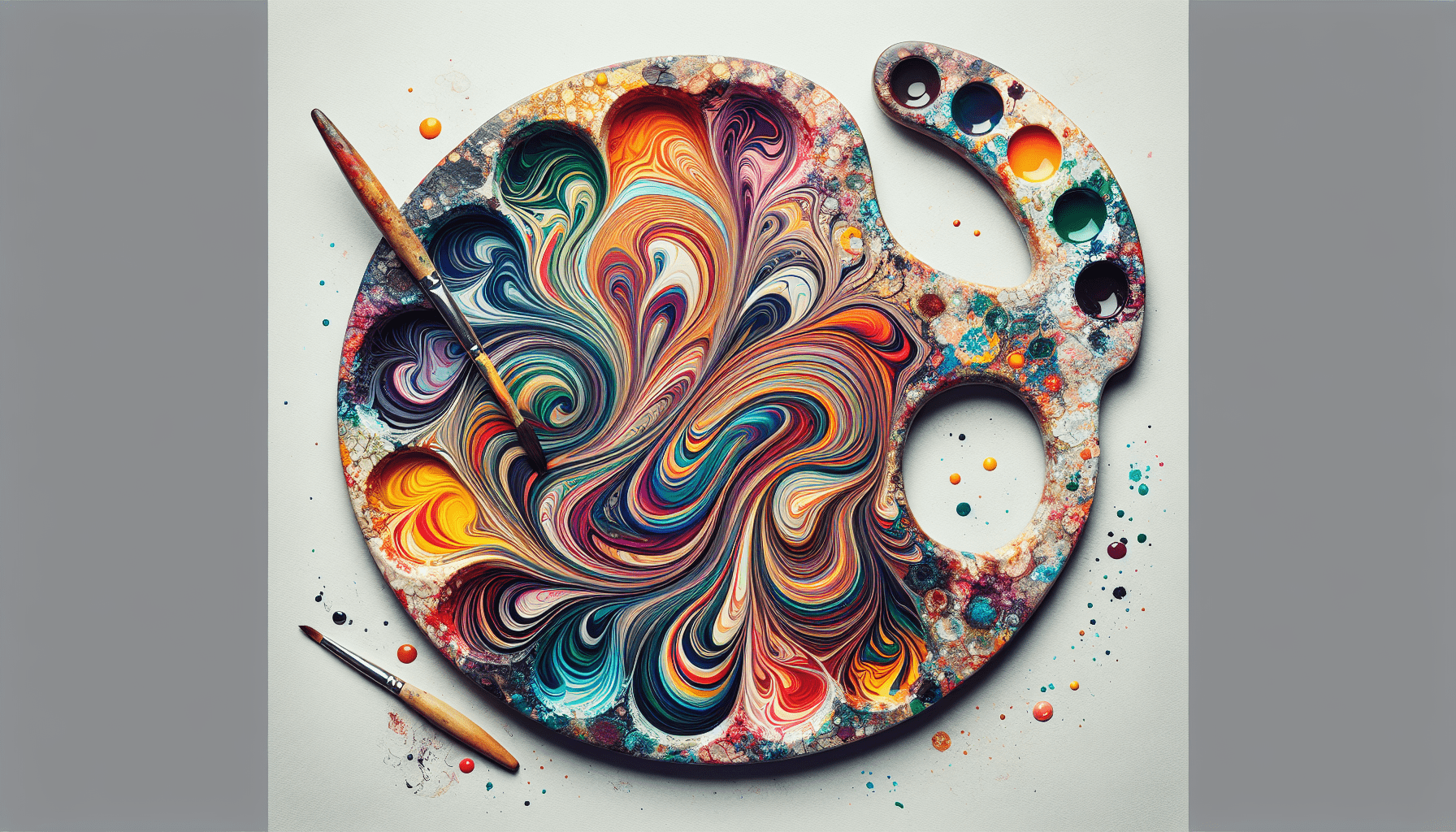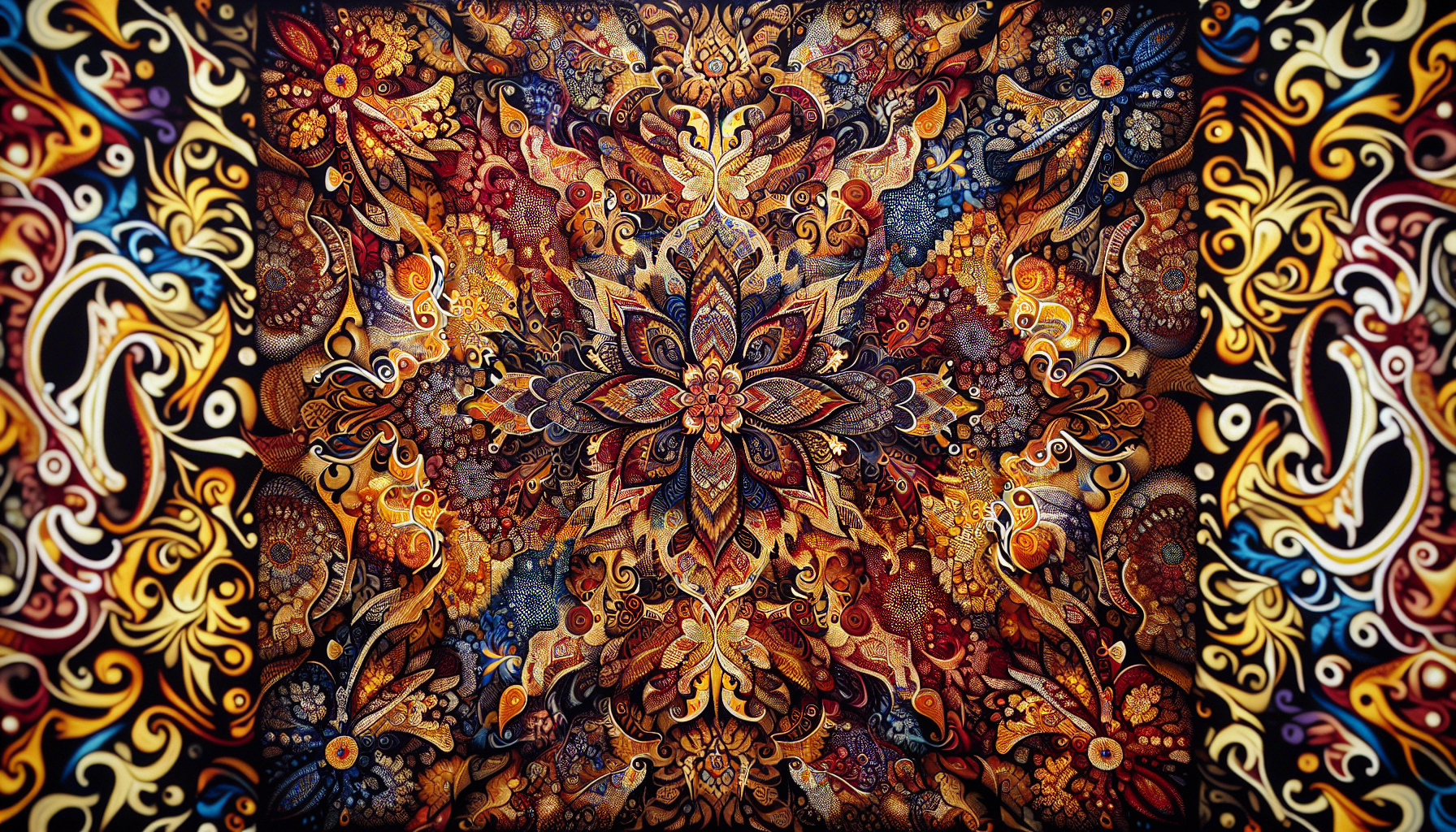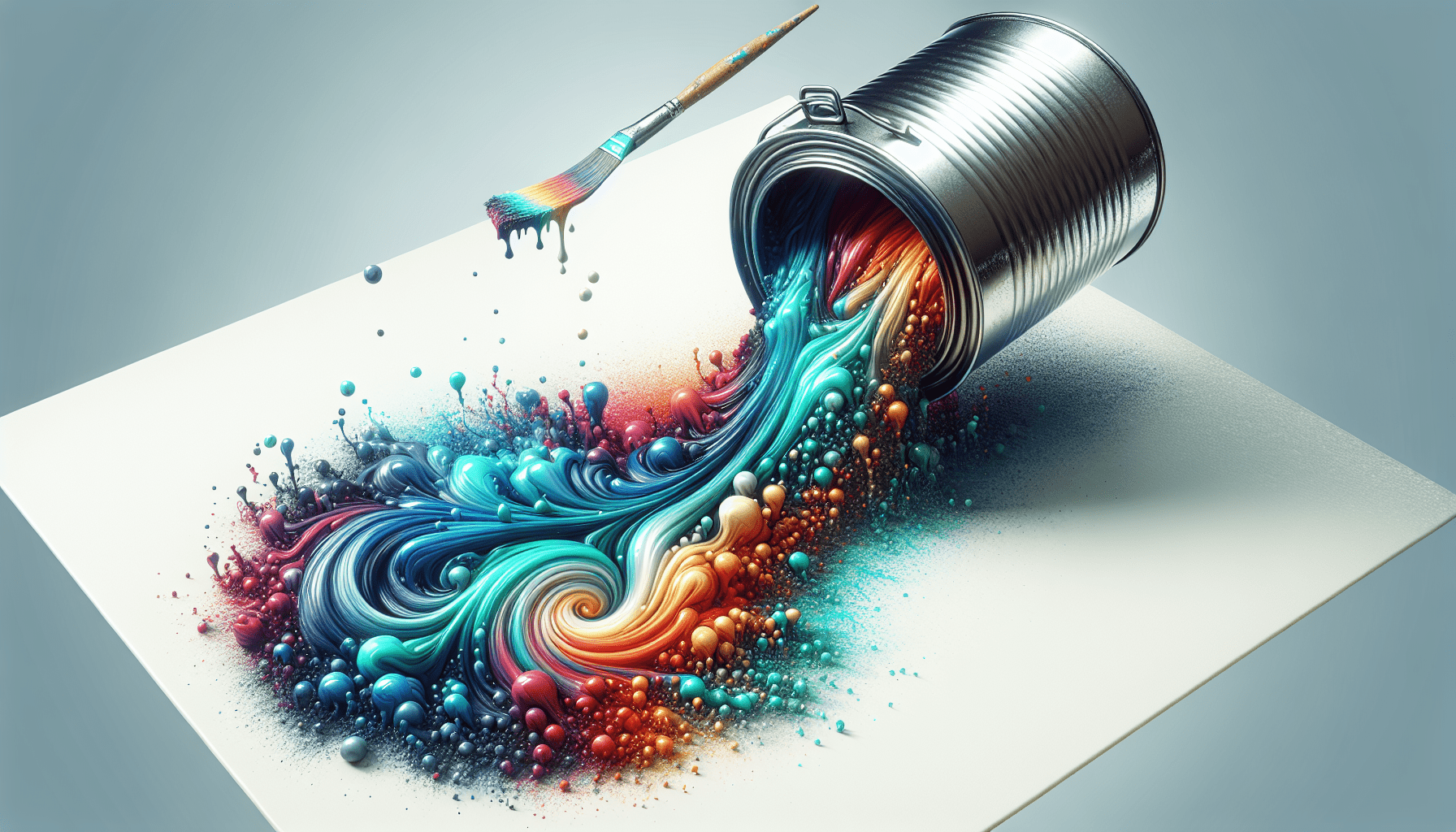Have you ever wondered how artists achieve those mesmerizing swirling patterns on paper or fabric? This captivating effect is created using a technique known as marbling paint. Though the results are intricate, elegant, and often highly colorful, the process involves a straightforward application. By the end of this article, you will have a clear understanding of what marbling paint is, its history, the materials involved, techniques for achieving different effects, and tips for your own creative endeavors.
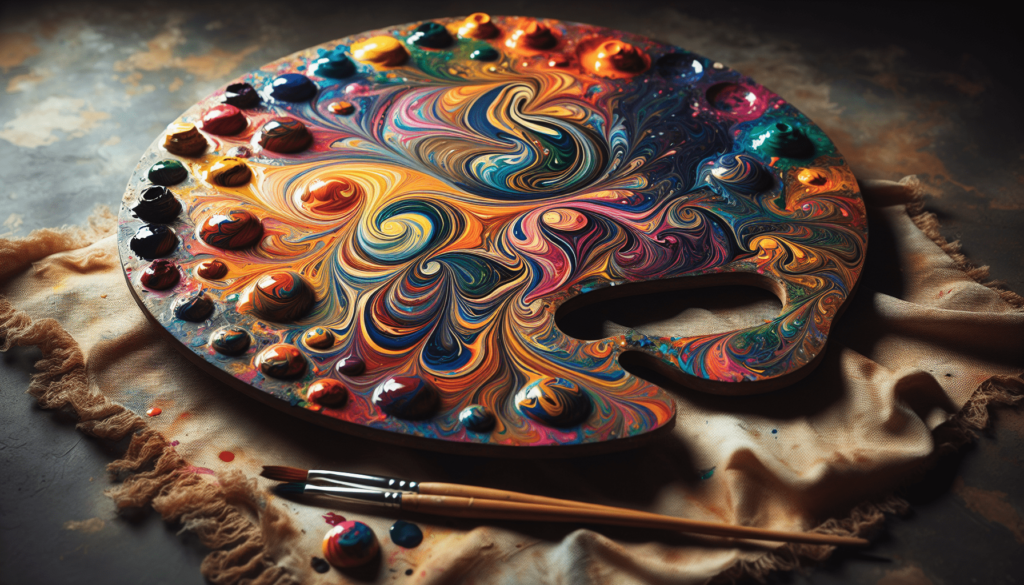
The Art of Marbling Paint: An Overview
Marbling paint is a centuries-old technique used to create swirling, fluid designs on surfaces such as paper, fabric, and even wood. The process involves floating colors on a viscous medium and manipulating them to form intricate patterns. The design is then transferred onto a surface by laying it gently on the paint, allowing the design to imprint.
Historical Background of Marbling
The origins of marbling can be traced back to ancient China and Japan, where early versions of the technique were used several centuries ago. As the art form spread across continents, different cultures adapted the technique, leading to diverse methods and styles. Persian artists, for instance, introduced the Ebru method which became popular across Europe in the 17th and 18th centuries, particularly in Turkey and Italy.
Marbling eventually made its way into bookbinding, where it was used to decorate endpapers, making books more visually appealing. These historical variations demonstrate the diverse applications and cultural significance of marbling.
Materials Used in Marbling Paint
To begin marbling, specific materials are necessary to achieve the desired effects. Here’s an overview of what you might need:
Paints
Selecting the right type of paint is crucial for achieving successful marbling results. Generally, acrylic or oil-based paints are preferred for their vibrancy and ability to float on the marbling medium.
Key Considerations:
- Consistency: The paint should be diluted properly to ensure it floats and spreads easily.
- Vibrancy: Choose highly pigmented paints for bold, striking designs.
- Compatibility: Your paint choice should be compatible with the marbling medium you use.
Mediums
The medium is the liquid base upon which the paints float. Different kinds of mediums provide varying textures and flow characteristics. Some popular mediums include:
- Water with a thickening agent (often called size): Such as methylcellulose or carrageenan.
- Oils: Used in traditional marbling methods for their glossy finish.
Tools
While marbling is a fluid and spontaneous process, a few tools help guide the design:
- Combs or Rakes: Tools with evenly spaced teeth used to create linear patterns.
- Styluses: Pointed tools that manipulate the paint on the medium surface.
- Dropper or Paintbrush: For applying the paint onto the medium.
Having the right tools not only aids in pattern creation but also ensures consistency and precision in your designs.
Techniques for Marbling Paint
Different marbling techniques yield varied and mesmerizing results. Here are a few popular methods:
Traditional Marbling
In traditional marbling, paints are floated on a thickened medium, often called size. Tools are then used to create patterns like swirls, waves, or more intricate designs, such as feathers.
Steps Involved:
- Prepare the Medium: Mix your chosen size with water in a shallow tray.
- Apply Paints: Drop paints onto the medium using a brush or dropper.
- Design Creation: Use tools to craft specific patterns.
- Transfer Design: Lay your surface—paper or fabric—gently onto the medium to transfer the design.
Ebru Technique
Originating from Turkey, Ebru is a traditional paper marbling method that requires patience and skill. Similar to other methods, Ebru involves floating paints on water-sized with a thickening agent. However, it emphasizes floral and natural motifs.
Modern Techniques
Recent advancements have introduced new techniques and materials, broadening marbling’s accessibility and ease. Modern techniques might use digital tools for design planning or inks that work well with smaller, intricate items like jewelry or phone cases.
Applications and Uses of Marbling Paint
Marbling is a versatile art form that has applications across various creative fields. It can be both decorative and functional, adding beauty to everyday objects.
Paper Products
In bookbinding, marbled paper is an elegant addition to endpapers and book covers. The unique patterns enhance the visual appeal of stationery, greeting cards, and wrapping papers.
Fabric and Textiles
Marbling fabric is particularly popular in fashion and interior design. It creates eye-catching patterns for clothing, scarves, drapes, and upholstery. Textiles with marbled patterns can provide a room with a sophisticated, yet artistic, atmosphere.
Home Décor
From ceramics to wooden furniture, marbling adds a touch of elegance to home décor items. It transforms ordinary objects into art pieces, whether through decorative trays, vases, or bespoke furniture items.
Personal Accessories
Jewelry, phone cases, and other personal items can feature marbled patterns, allowing for personalization and style statements. These items can be great conversation starters and unique gifts.
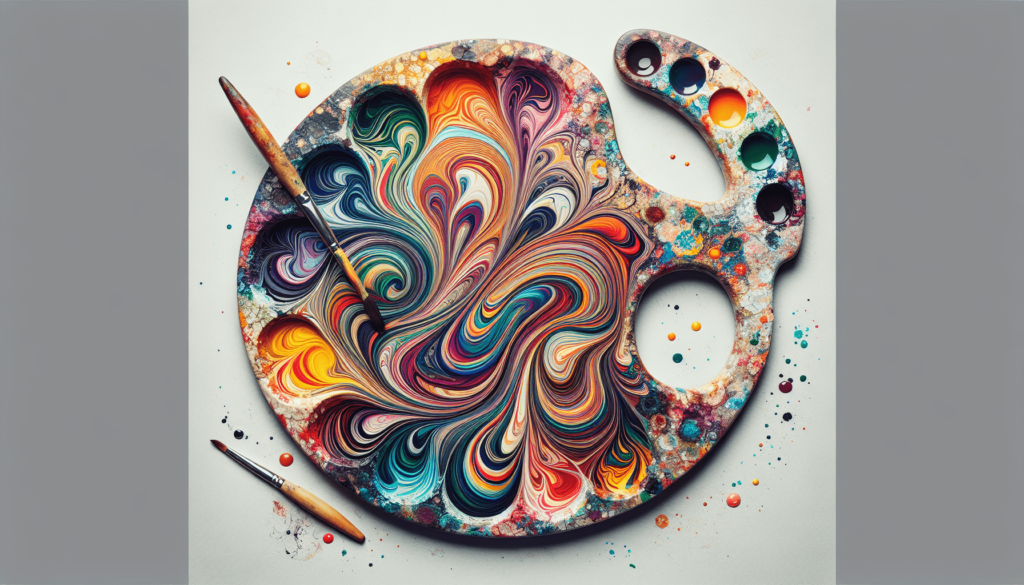
Challenges in Marbling and How to Overcome Them
While marbling is a delightful and accessible art, it comes with its own set of challenges. Understanding these obstacles and learning how to navigate them will better equip you for successful results.
Common Issues and Solutions
Paint Sinking: If the paint does not float on the medium, it may be too dense. Adjust the consistency by adding a thinning agent or choosing lighter pigments.
Unclear Patterns: Sharp and distinct designs are a mark of successful marbling. If patterns appear muddy, evaluate the paint-to-water ratio and the thickness of the medium.
Transferring Issues: Properly transferring designs from the medium to the surface is vital. Ensure that the surface is prepared correctly, often requiring pre-treatment with substances like alum for fabrics and papers.
Environmental Conditions: Humidity and temperature can affect marbling results. Perform tests in varying conditions to find the ideal setting for your marbling projects.
Tips for Successful Marbling
Achieving the desired patterns and effects in marbling may require practice and experimentation. Here are some tips to enhance your experience:
Preparation is Key
Before you begin marbling, prepare all your materials and space. Ready your paints, tools, and medium, ensuring everything is in place for a smooth workflow.
Experiment and Practice
Trying different paints, tools, and techniques will give you a better understanding of how each element contributes to the overall design. Practice regularly to refine your skills and discover your preferred style.
Be Open to Spontaneity
Marbling is a fluid art form, emphasizing spontaneity and creativity. Embrace unexpected results and let the medium guide you to new styles.
Proper Cleanup
Marbling tools and surfaces covered in paint require proper cleaning. This ensures their longevity and your subsequent projects yield untainted results.
The Future of Marbling Paint
As marbling continues to evolve, so do its applications and innovations. Artists are constantly exploring new materials and techniques to push the boundaries of this ancient art form.
Technological Advancements
The integration of technology in art brings new possibilities to marbling. Digital marbling, using software to create patterns, is merging with traditional methods to create hybrid designs.
Sustainable Practices
Increased awareness of environmental issues promotes the use of eco-friendly materials in marbling. Artists are looking for biodegradable mediums and sustainably sourced paints to minimize their impact on the environment.
In conclusion, marbling paint is a fascinating and versatile art form with a rich history and an incredibly wide range of applications. The allure of marbling lies in its unpredictability and potential for creativity. With an understanding of the materials, techniques, and potential challenges, you can harness this beautiful art form to create unique and striking designs. Whether used in traditional applications or modern innovations, marbling continues to captivate artists and enthusiasts alike, promising endless creative possibilities.
